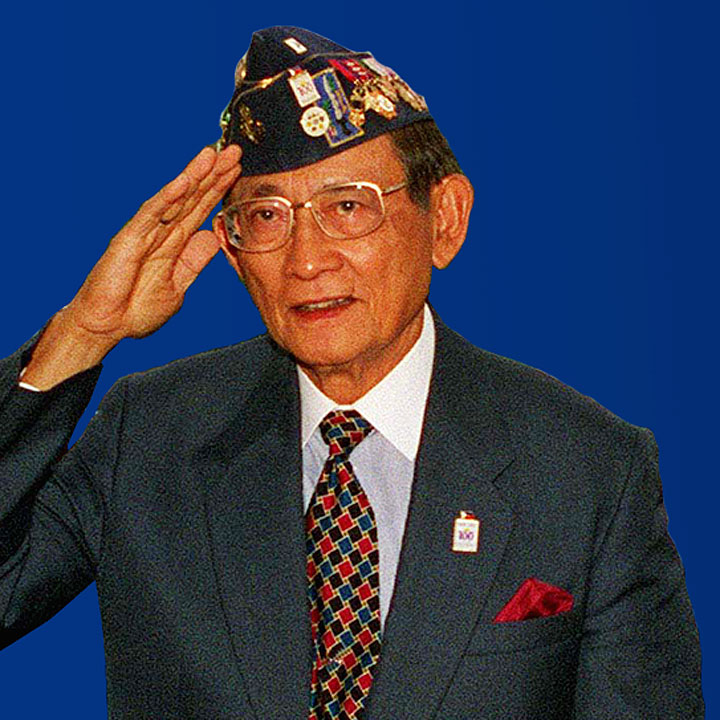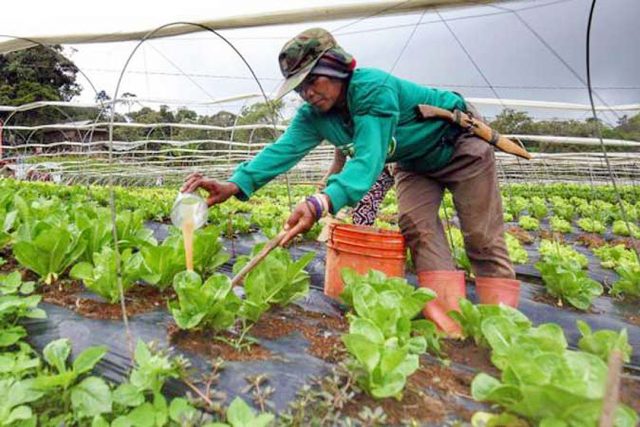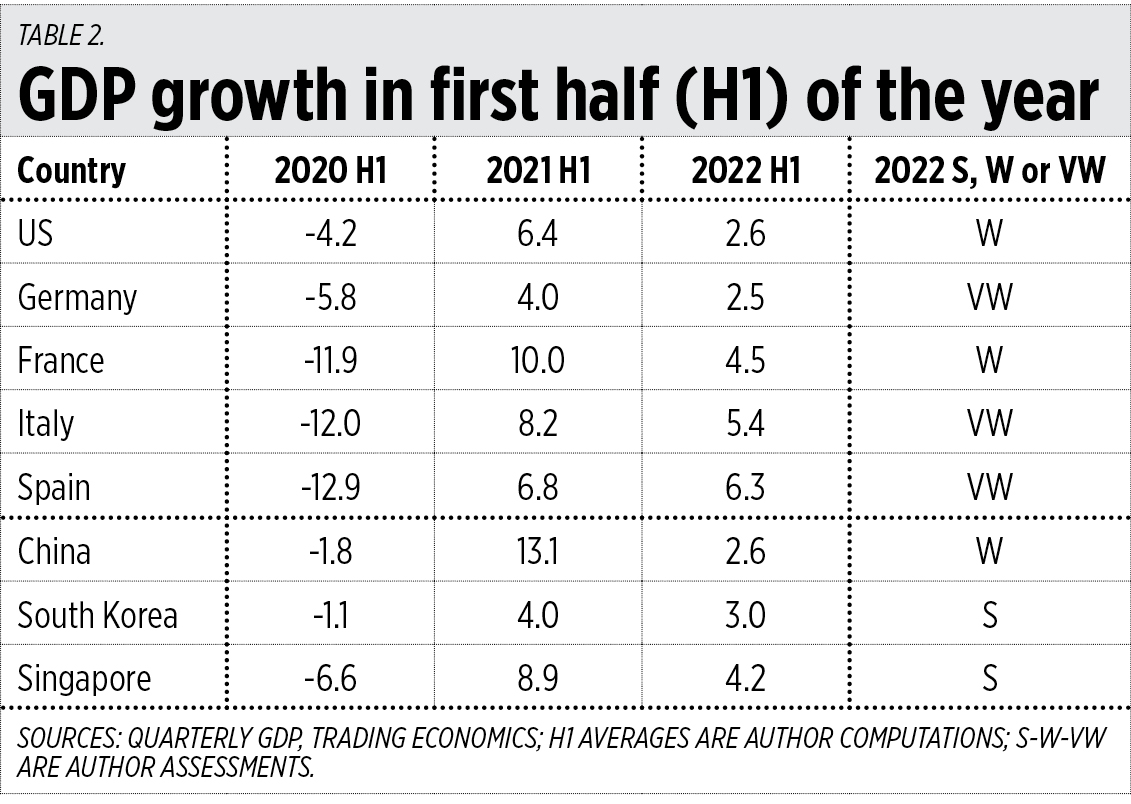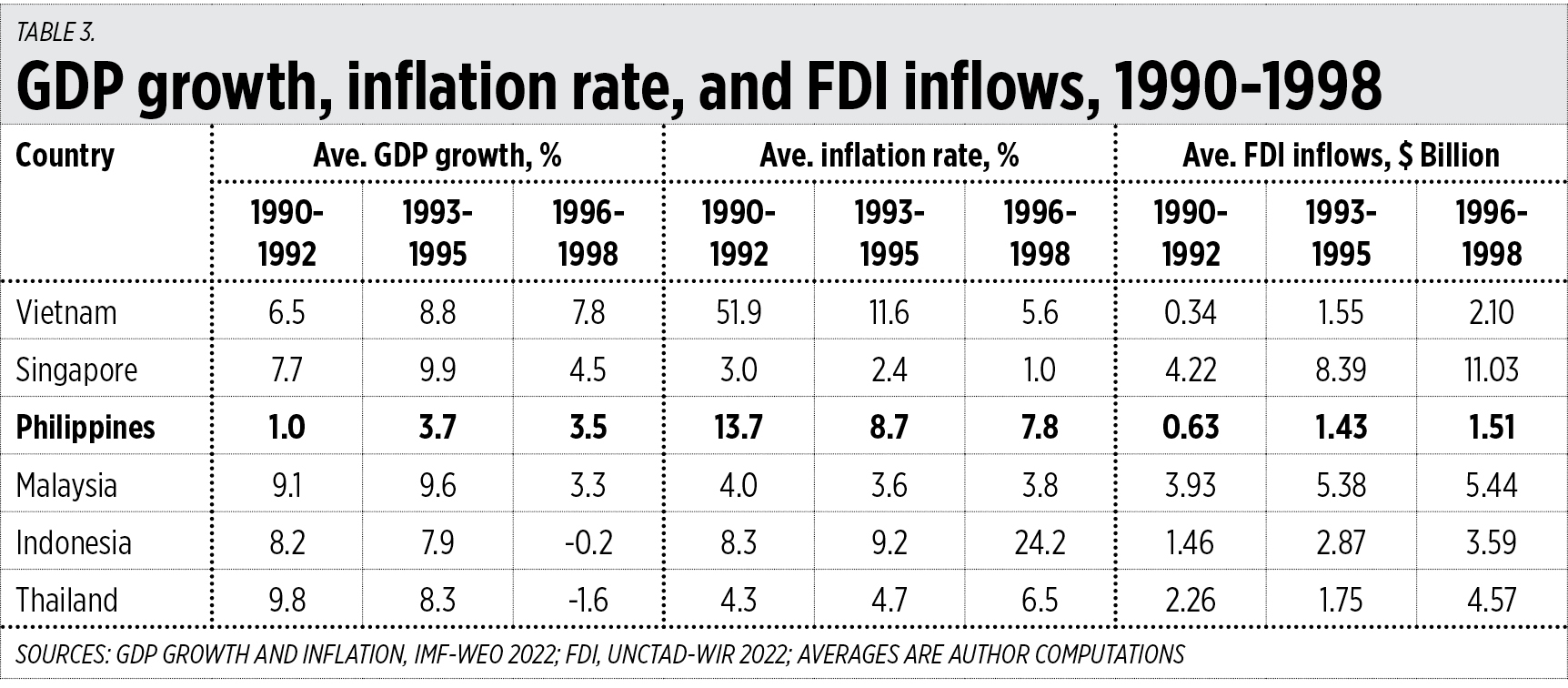Big Business won big time in the Philippine Basketball Association (PBA) last Wednesday. The flagship teams of business empires San Miguel Corp. (SMC) and Metro Pacific Investments Corp. (MPIC) eliminated their opponents from further competition in this year’s Philippine Cup Conference. They beat them in the same fashion their parent company meets competitors.
The San Miguel Beermen smashed Blackwater Bossing by the lopsided score of 123-93 and TNT Tropang Giga demolished Converge FiberXers by 21 points, 116-95. That reduced the quarterfinals of the conference to a battle between SMC and MPIC ball clubs.
The triumph of San Miguel and TNT can only be attributed to their overabundance of talent. Their powerhouse rosters were made possible by the huge budgets of the two ball clubs.
The Beermen include players who were top 10 draftees. Three of them were No. 1 overall, Jun Mar Fajardo in 2012, Moala Tautuaa in 2015, CJ Perez in 2019; Chris Ross was No. 3 in 2009, Marcio Lassiter No. 4 in 2011, Rodney Brondial No. 6 and Jericho Cruz No. 9 in 2014, and Vic Manuel No. 9 in 2012. Except for Fajardo, the players mentioned were drafted by other teams. San Miguel acquired them through trade. San Miguel’s right to pick No. 1 in 2012 was itself acquired through trade.
Among the TNT top 10 draftees are Kelly Williams, No. 1 in 2006, Troy Rosario No. 2 in 2015, Jason Castro No. 3 in 2008, Mikey Williams No. 4 in 2020, and Glenn Khobuntin No. 10 in 2015. Except for Castro, they were all drafted by other teams. The right to pick No. 3 in 2008 was acquired through trade.
Neither Ever Bilena, Inc., owner of the Blackwater team, or Converge ICT, owner of the Converge FiberExers, is a corporate giant that can assemble a powerhouse team similar to San Miguel Beer or TNT Tropang Giga.
Blackwater through the years drafted Juami Tiongson, Brian Heruela, Art Dela Cruz, Almond Vosotros, Mac Belo, Reymar Jose, Bobby Rey Parks, Rey Suerte, Maurice Shaw, and, this year, Brandon Ganuelas-Rosser. It traded its rights to pick first in 2015 to TNT which picked Tautuaa, and to pick third in 2021 to NLEX, which chose Calvin Oftana. If it had kept all its draftees and used its rights in 2015 and 2021, Blackwater Bossing could have given the Beermen a decent fight.
Highly regarded players who have donned the black and red jersey and who now play for other teams are Mac Belo, J.P. Erram, Brian Heruela, Dave Marcelo, Kyle Pascual, Aillen Maliksi, Don Trollano, Art dela Cruz, and Bobby Ray Parks. Seven of the former Elite/Bossing now play for Metro Pacific teams — Erram, Heruela, and Marcelo for TNT, Belo, Maliksi, and Pascual for Miracle, and Trollano for NLEX.
The practice of big budget teams acquiring top draft picks in exchange for several so-so players was severely criticized by Fred Uytengsu, owner of the Alaska Milk Aces ball club in 2017. Kia Picanto traded its rights to pick first to San Miguel for several players.
San Miguel used its right and picked Christian Standhardinger, who was the consensus No. 1 overall pick that year. In return, Kia got from San Miguel Ronald Tubid, Jay-R Reyes, both already nearing retirement at the time, and seldom used reserve Fil-Am Rashaw McCarthy.
Uytengsu said, “The purpose of the draft is to strengthen the weaker teams. However, what we have seen lately is these weaker teams end up selling their top draft picks because if you look at who is being traded in return, it clearly doesn’t make basketball sense for the weaker teams, unless there is other consideration.”
Another issue Uytengsu raised was league balance and salary cap compliance. “If you look at the composition of SMB and Ginebra, you will see they are stacked with first to third picks. Many of those players came to them from curious trades. It’s difficult to comprehend how a team can fit within the team salary cap, paying those players all at approved maximum PBA salaries while still maintaining a strong sixth through eighth players. I’ve done the math and it doesn’t work,” said Uytengsu.
He cited four-time MVP June Mar Fajardo, Arwind Santos, Chris Ross, Marcio Lassiter, and Alex Cabagnot for the Beermen and the likes of Greg Slaughter, Japeth Aguilar, Joe Devance, LA Tenorio, Scottie Thompson, and Kevin Ferrer for the Kings, making him wonder if both franchises don’t go over the ceiling as far as players’ salaries are concerned.
In 2019, Global Port/NorthPort traded its 2014 top draft pick to Ginebra San Miguel for Sol Mercado, Jervy Cruz, and Kevin Ferrer. Mercado is out of the PBA and Cruz has not been fielded this conference. In 2021, Terrafirma Dyip/Kia Picanto sent to San Miguel CJ Perez, No. 1 pick overall in 2018. Dyip got Russel Escoto, Gelo Alolino, and Matt Ganuelas Rosser.
The continued practice of weak teams selling their top draft picks to lavishly funded ball clubs must have so exasperated Uytengsu that he decided to leave the PBA fold for good by selling his Alaska Milk Aces franchise to Converge ICT.
I doubt if Dennis Anthony H. Uy, owner of the Converge FiberExers, is in a position or inclined to outbid the owners of the SMC and MPIC ball clubs for the best talent. In two years, emissaries from those two business empires will be talking to Converge’s prized recruits Justin Arana and Jeo Ambohot.
Billionaire Mikee Romero, owner of the NorthPort Batang Pier could not hold on to Stanley Pringle. The other Dennis A. (for Ang) Uy, owner of Super LPG Fuel Masters, has not manifested any intention or inclination to keep Mathew Wright, Phoenix’ first draft choice when it joined the league during the Commissioner’s Cup of 2016. Phoenix Petroleum Philippines, Inc. is one of the principal units of Udenna Corp., Uy’s business empire.
Anyway, the pricey players of SMC and MPIC showed their true worth last Sunday. Each empire scored one victory and one loss. Both games — Magnolia vs. NLEX and Meralco vs. Ginebra — went down to the wire. Magnolia and NLEX were tied at the end of the regulation period. Magnolia prevailed in the end. The second game was decided in the last few seconds when Stanley Pringle missed a perimeter jump shot that could have tied the game.
Both games were hard fought. It showed in the unusually high number of jump balls. There were hard fouls but not dirty. There were many double fouls, too. Both games were brilliantly coached. I am tempted to say that it took Luigi Trillo, a co-villager and former classmate of my son, to get the monkey off the back of Meralco.
The quality of officiating was high. A foul called against the driving Scottie Thompson of Ginebra was crucial. It could have decided the game in favor of Meralco because the shot was nullified and Scottie fouled out on that call in the dying seconds of the game. But the replay clearly showed Scottie pushing off the defender as he drove for the basket.
Both games were among the most exciting in years. My only disappointment was the lack of analysis in the Magnolia — NLEX game. Dominic Uy merely joined sportscaster Charlie Cuna in giving an account of the game. He was there to annotate. Andy Jao and Ryan Gregorio tell the viewer what play can be expected, why the offense is stifled, or what the defender should have done, or who can match better against so-and-so, etc. Quinito Henson, also my co-villager (so are Tim Cone and San Miguel Asst. Coach Jorge Gallent) and my former player in the AIM intramurals, does that too but he does it like after every other sequence.
The business conglomerates continue to wage their battle in court — the basketball court. Magnolia will go up against TNT and Meralco against San Miguel beginning tomorrow.
Oscar P. Lagman, Jr. is a retired corporate executive, business consultant, and management professor. He has been a politicized citizen since his college days in the late 1950s.

















